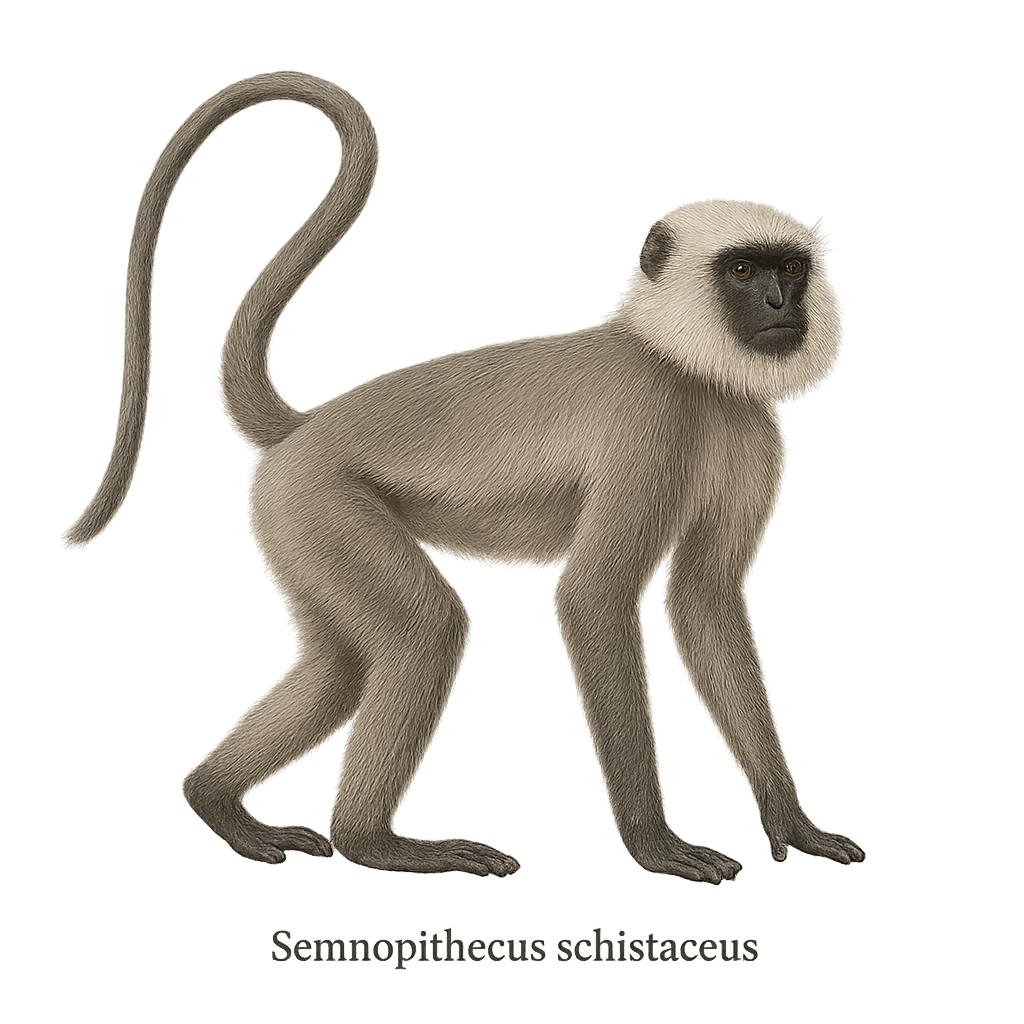Your wildlife photography guide.
Explore the himalayan gray langur in detail, study its behavior, prepare your shots.
Where to observe and photograph the himalayan gray langur in the wild
Learn where and when to spot the himalayan gray langur in the wild, how to identify the species based on distinctive features, and what natural environments it inhabits. The WildlifePhotographer app offers tailored photography tips that reflect the himalayan gray langur’s behavior, helping you capture better wildlife images. Explore the full species profile for key information including description, habitat, active periods, and approach techniques.
Himalayan Gray Langur
Scientific name: Semnopithecus schistaceus

IUCN Status: Near Threatened
Family: CERCOPITHECIDAE
Group: Mammals
Sensitivity to human approach: Suspicious
Minimum approach distance: 10 m
Rut period: October to November
Gestation: 200-210 jours
Births: May to June
Habitat:
Mountain forests, temperate forests, alpine meadows
Activity period :
Primarily active during the day, with peak activity in the morning and late afternoon.
Identification and description:
The Semnopithecus schistaceus, commonly known as the Himalayan Gray Langur, is an arboreal primate found mainly in the mountainous forests of the Himalayas. This monkey is easily recognizable by its silvery-gray fur and distinctive black face. It lives in complex social groups and primarily feeds on leaves, fruits, and flowers. Adapted to high altitudes, it can be observed up to 4000 meters. Although generally wary of humans, it can sometimes be seen near villages. Its population is threatened by deforestation and hunting, although conservation efforts are underway to protect its natural habitat.
Recommended lens:
400 mm – adjust based on distance, desired framing (portrait or habitat), and approach conditions.
Photography tips:
To photograph the Himalayan Gray Langur, it is advisable to use a telephoto lens of at least 400mm to capture detailed images without disturbing the animal. The best opportunities often arise early in the morning or late in the afternoon when the light is soft and the langurs are active. Be patient and discreet, maintaining a safe distance of at least 10 meters. Look for areas where the langurs are feeding or resting, and use a tripod to stabilize your camera, especially if working with slower shutter speeds.
The WildlifePhotographer App is coming soon!
Be the first to explore the best nature spots, track rutting seasons, log your observations, and observe more wildlife.
Already 1 431 wildlife lovers subscribed worldwide

